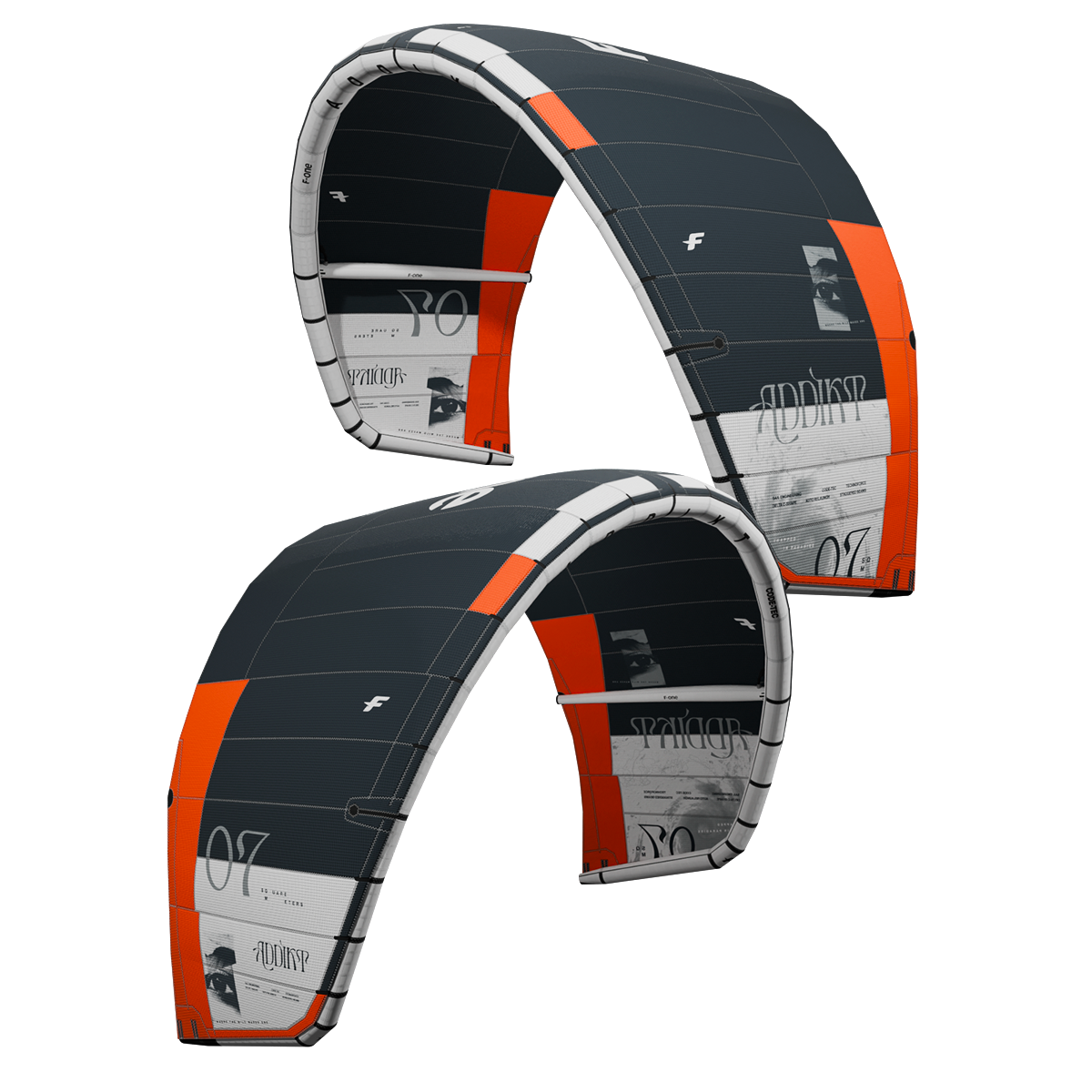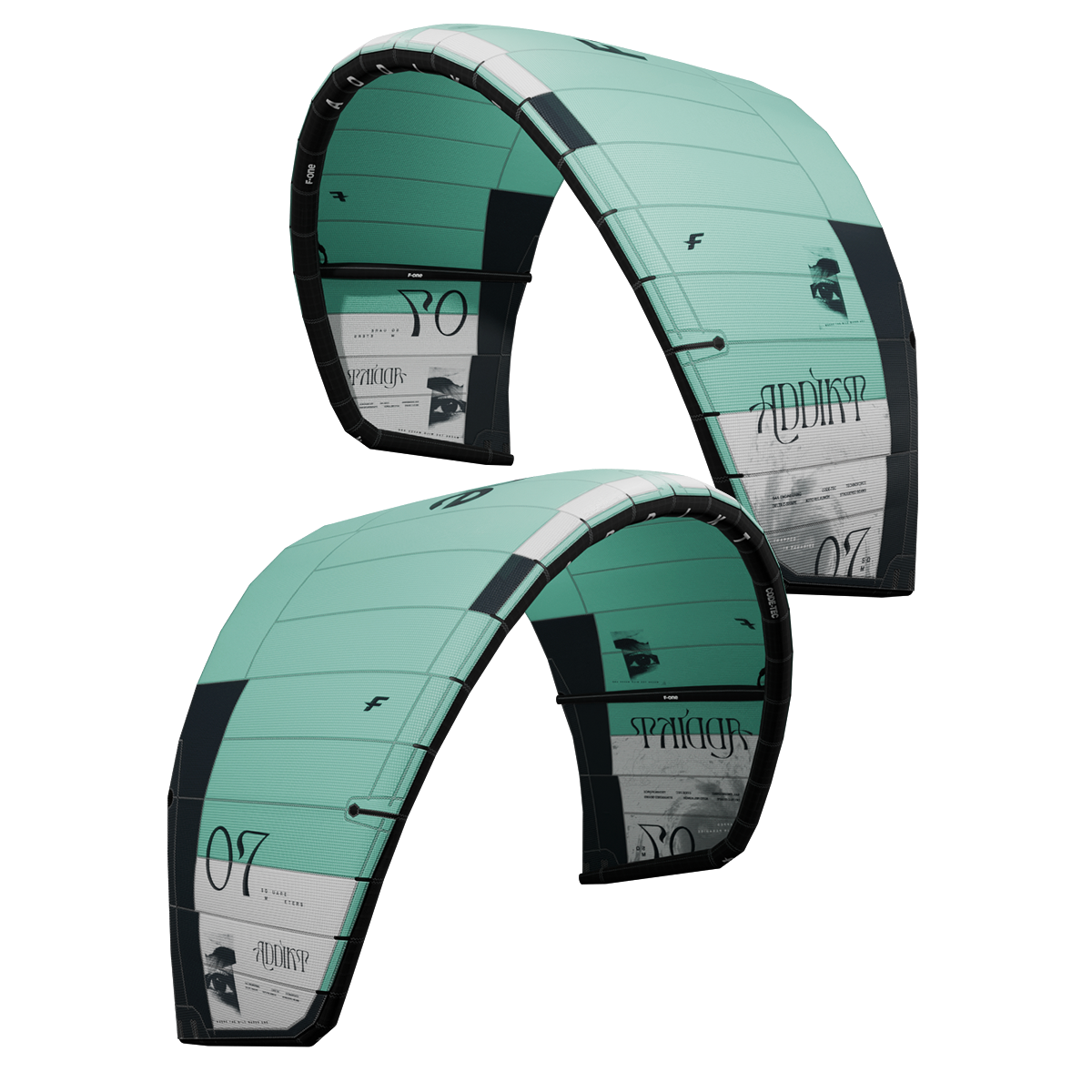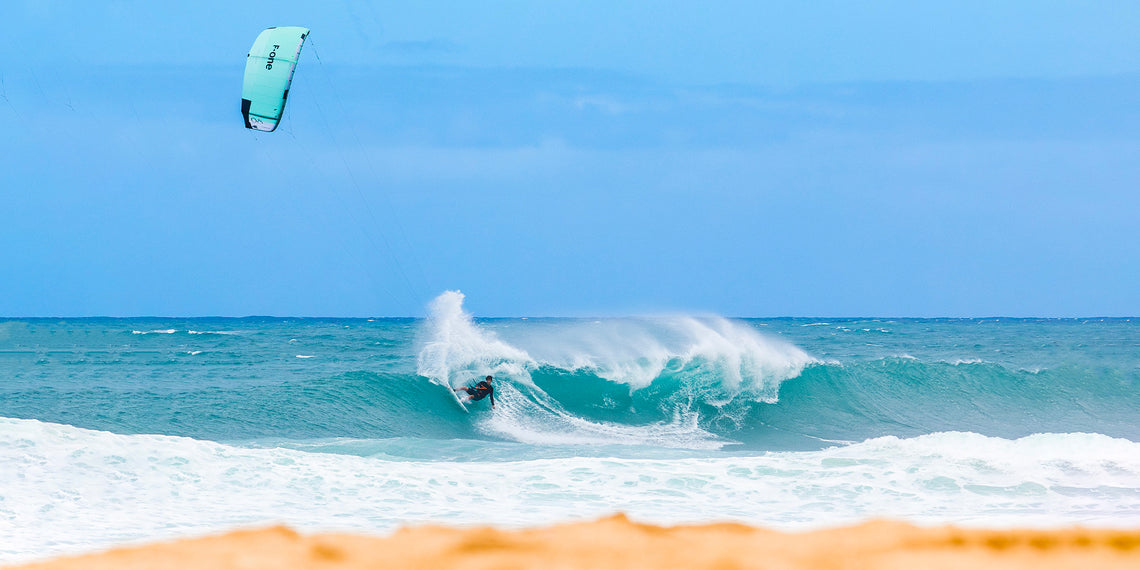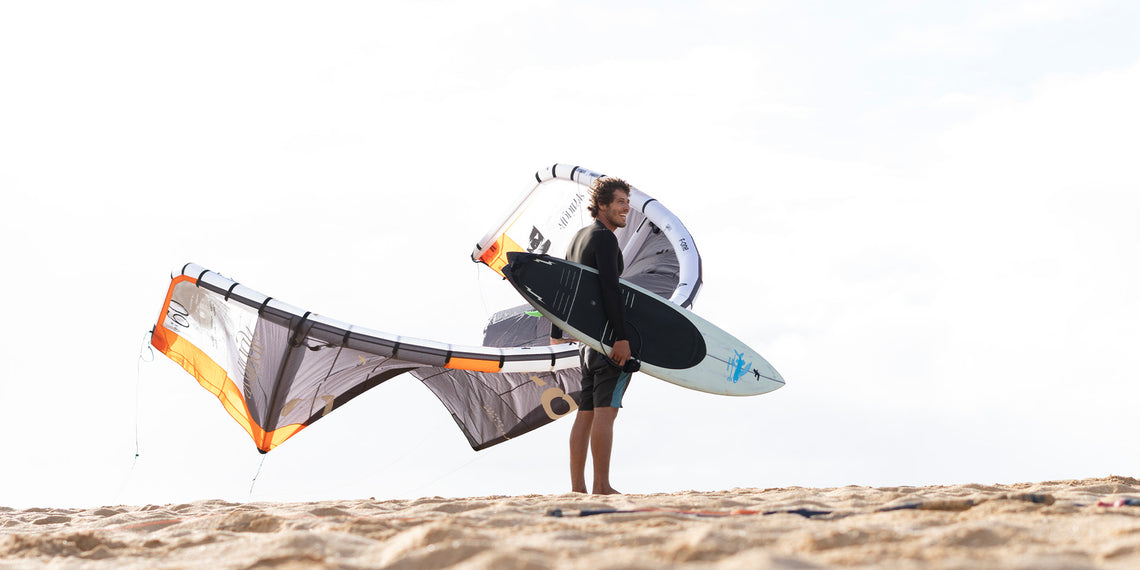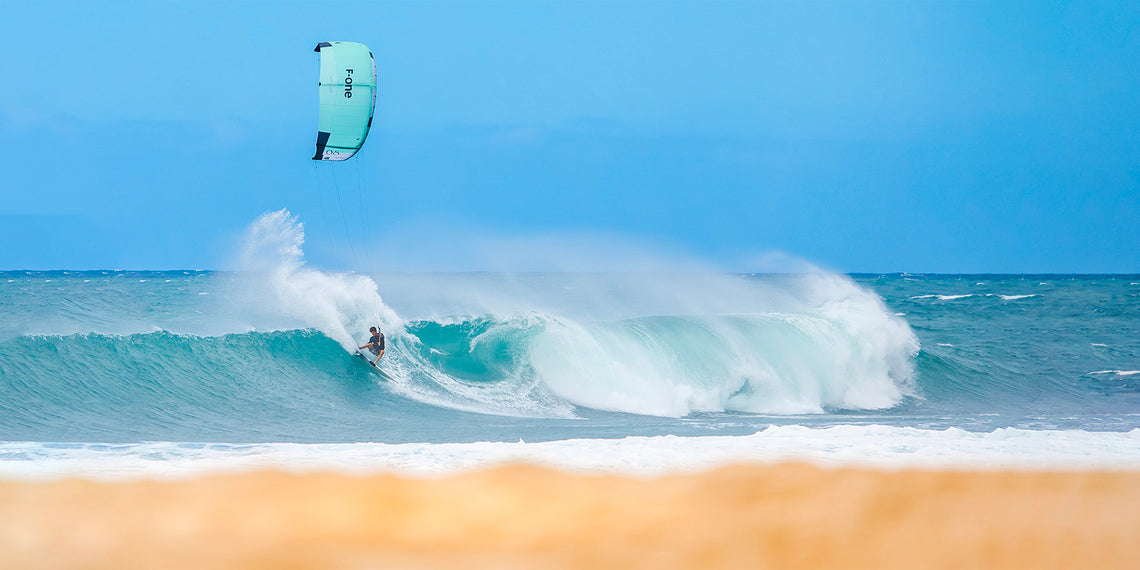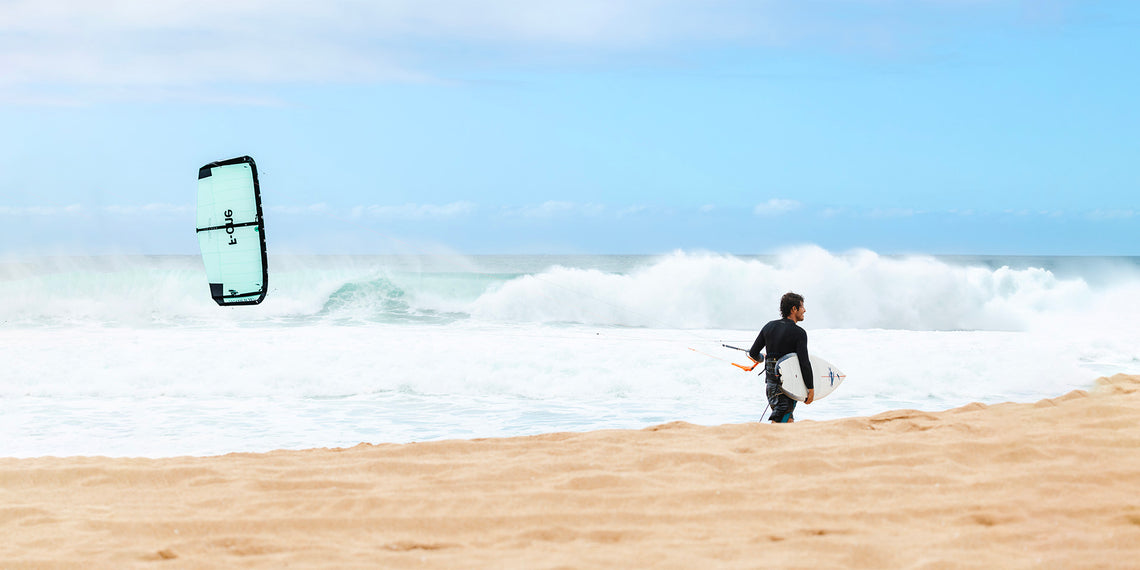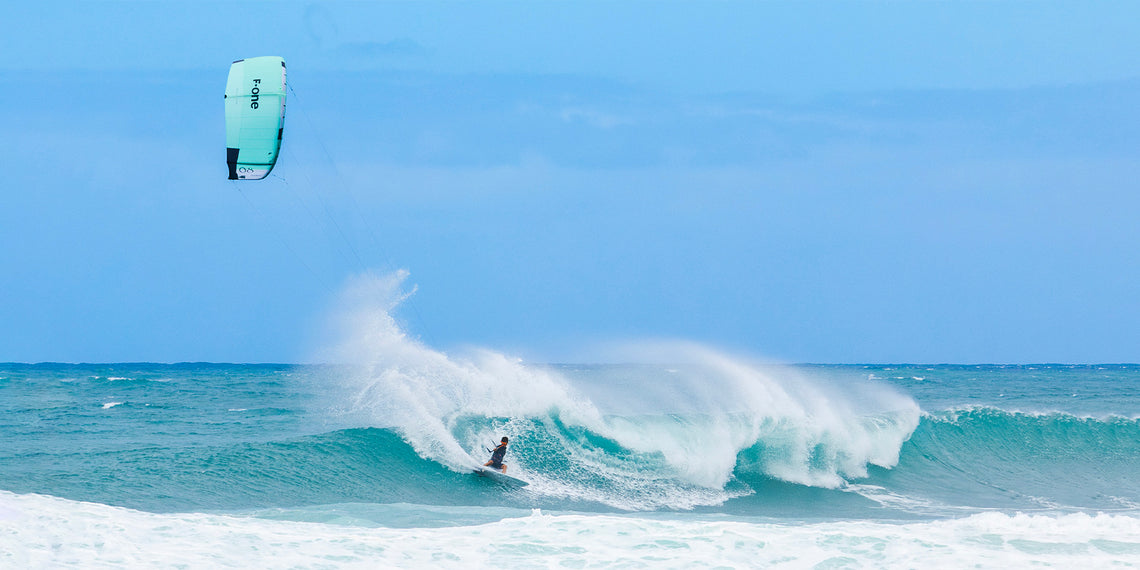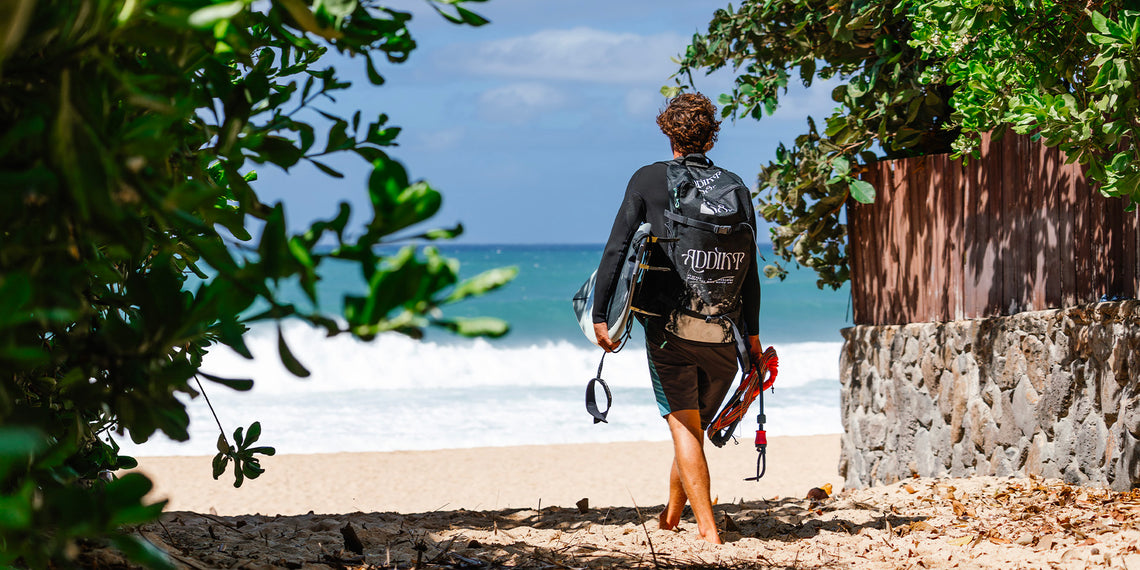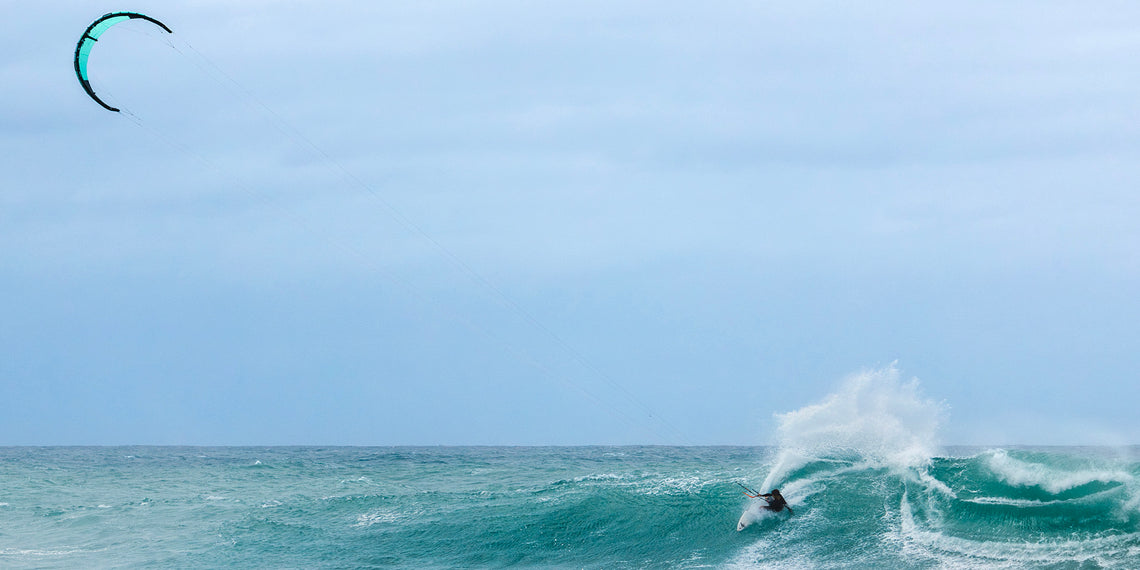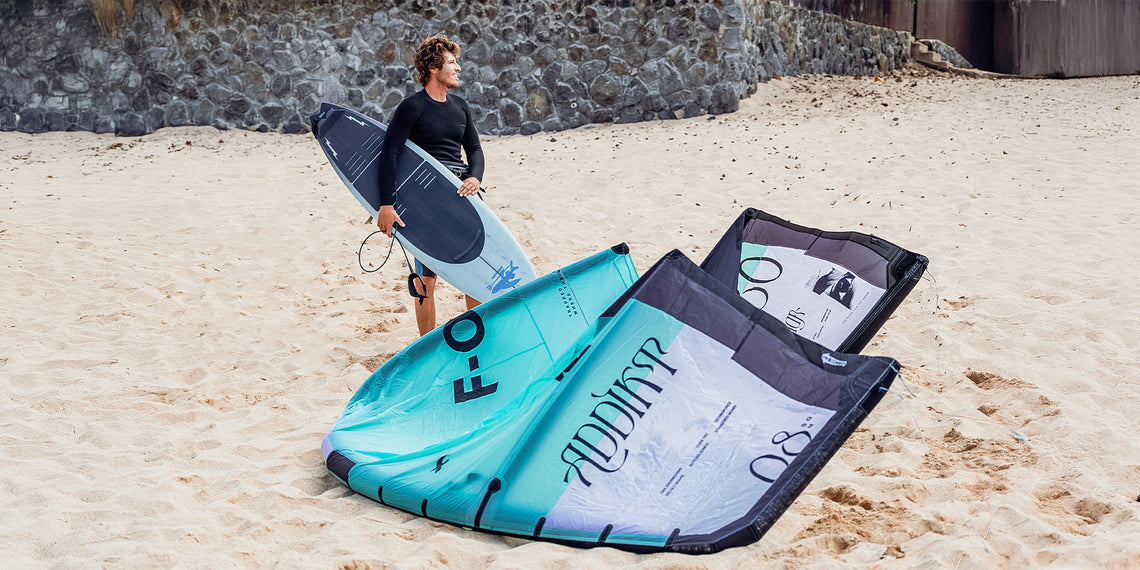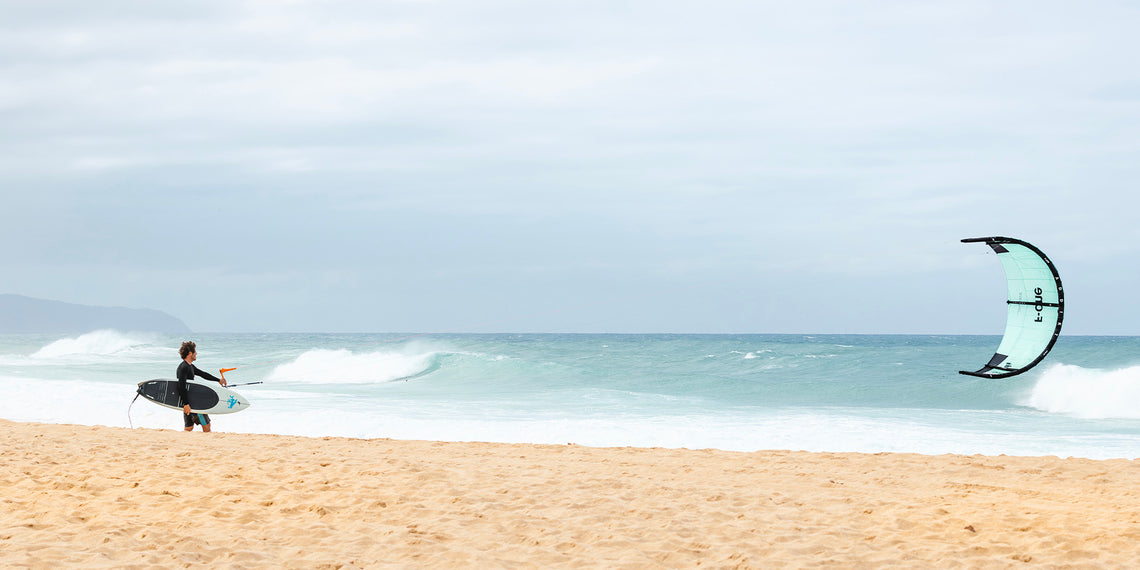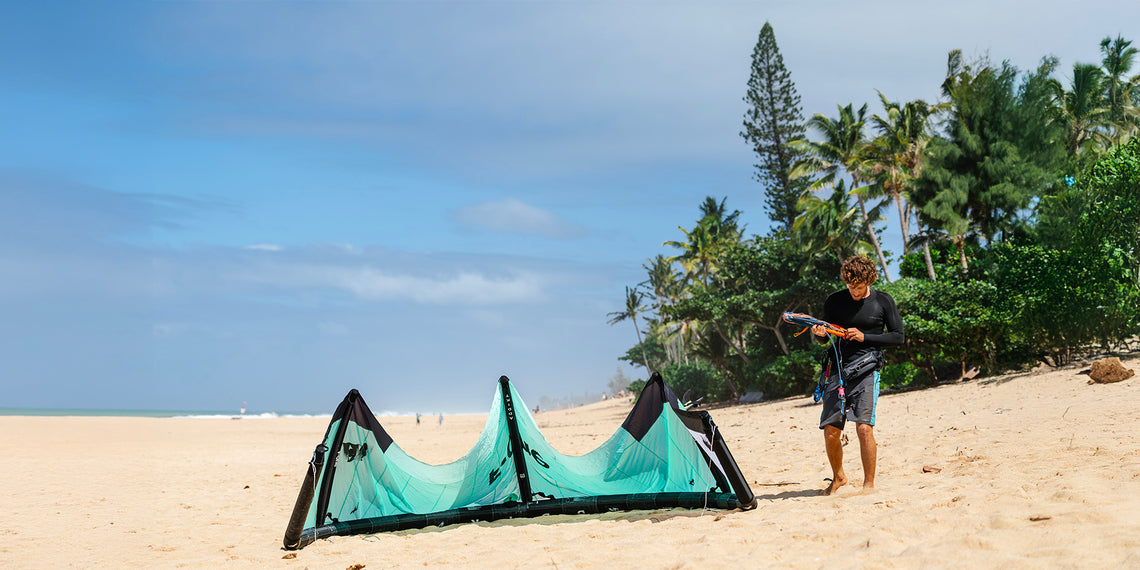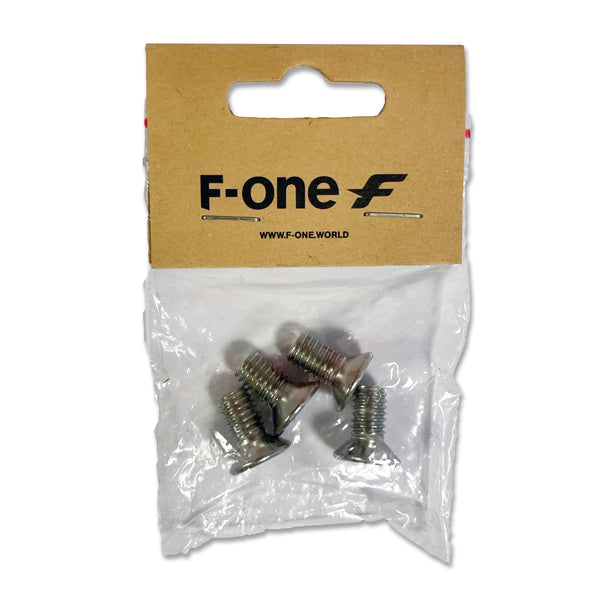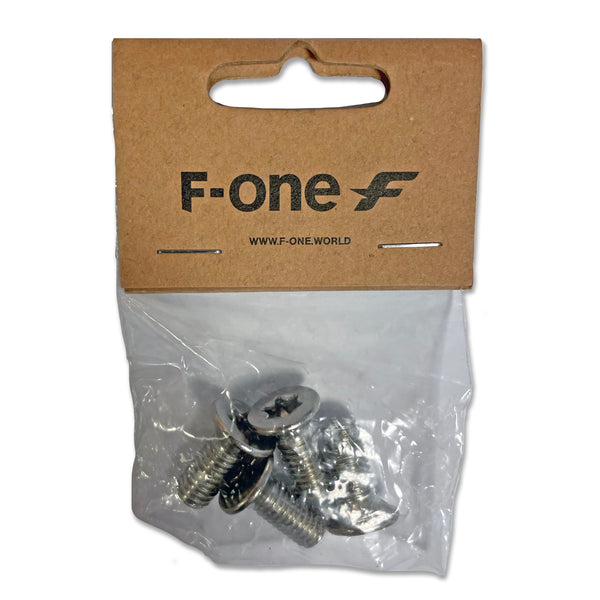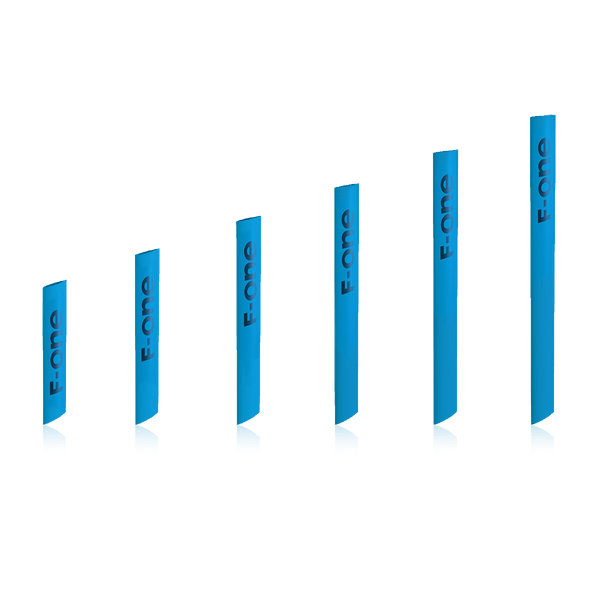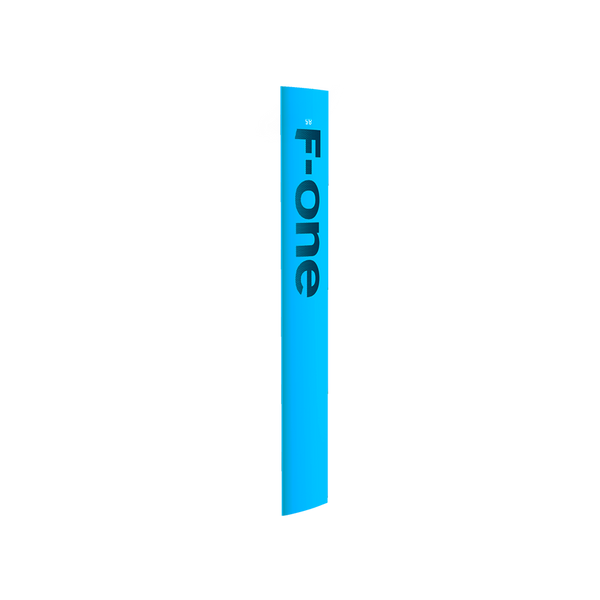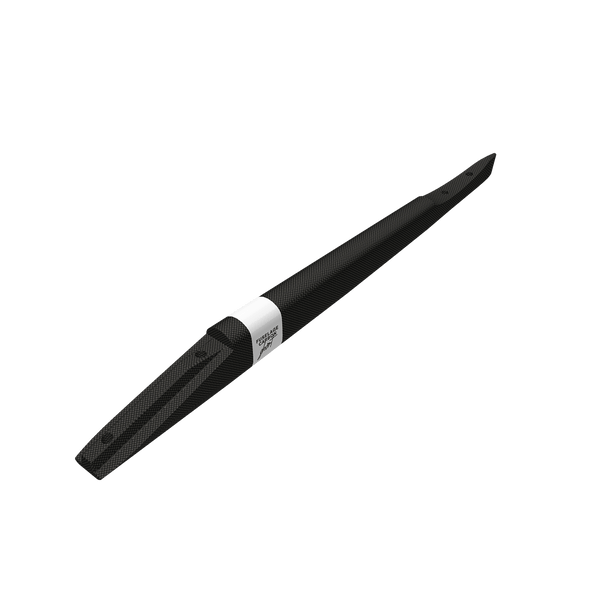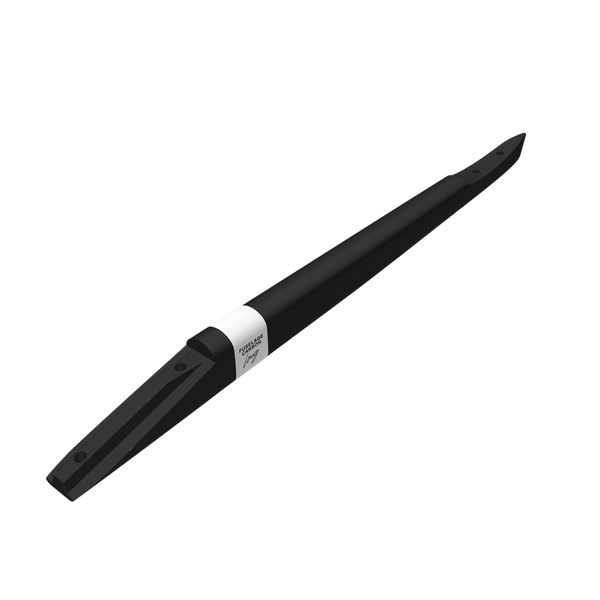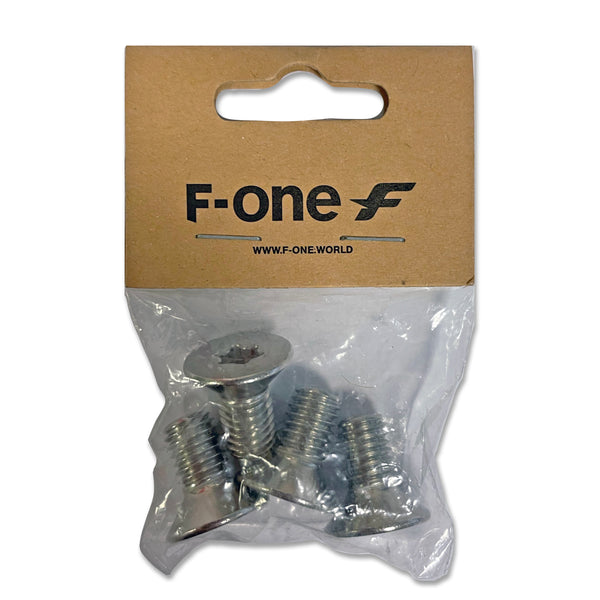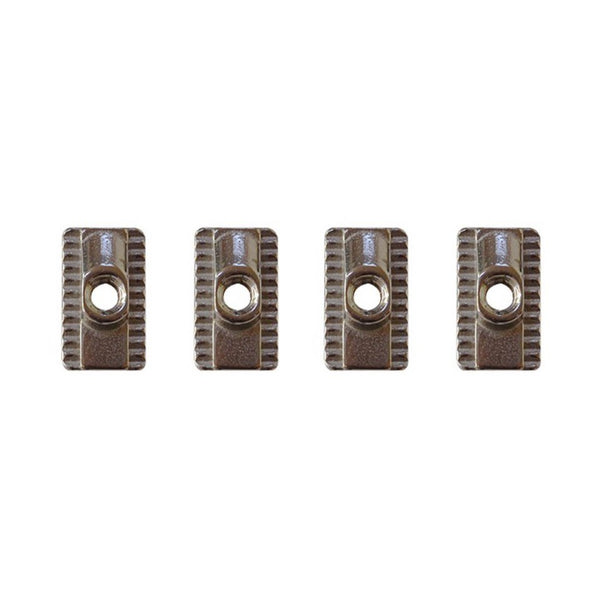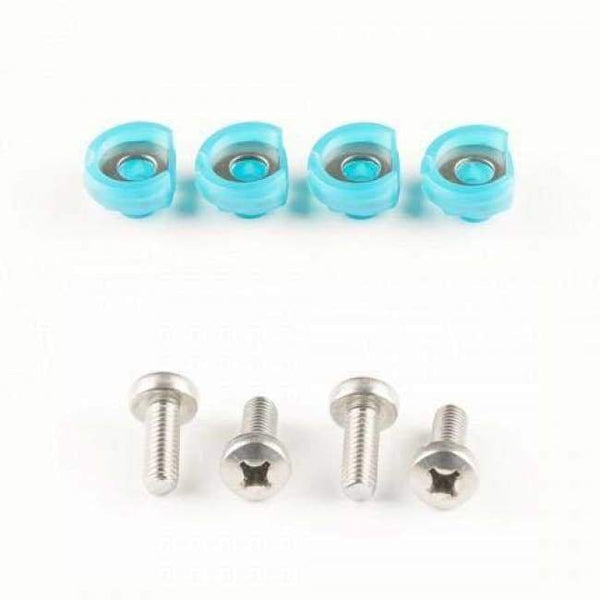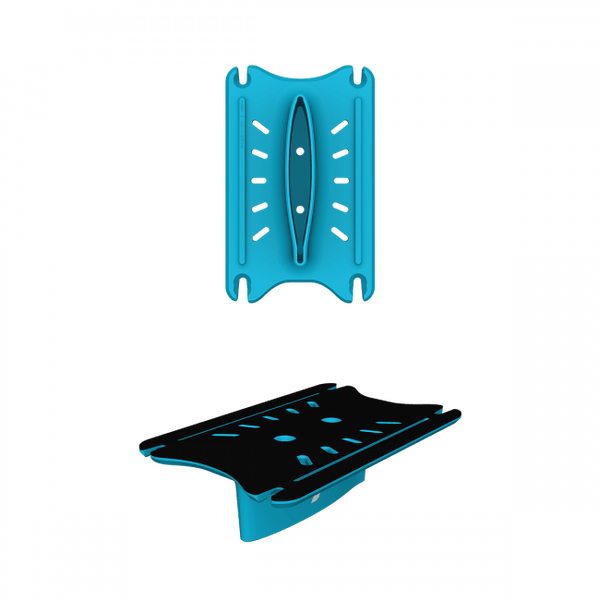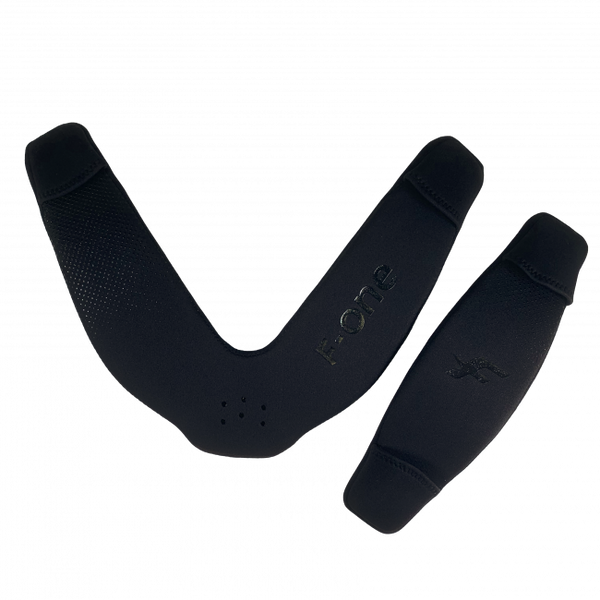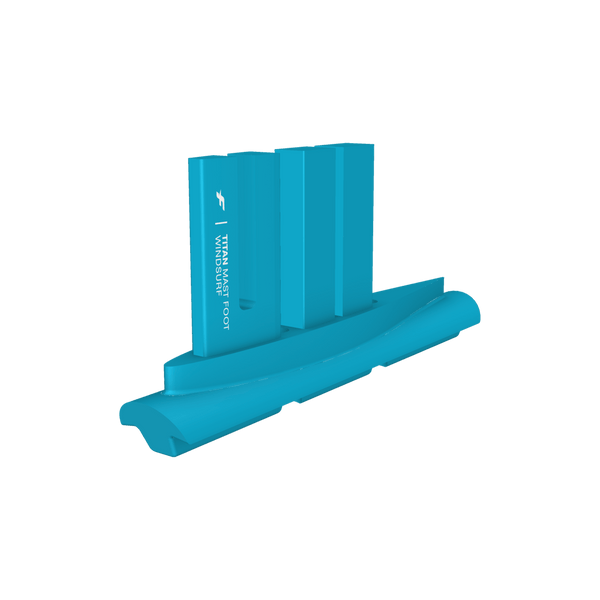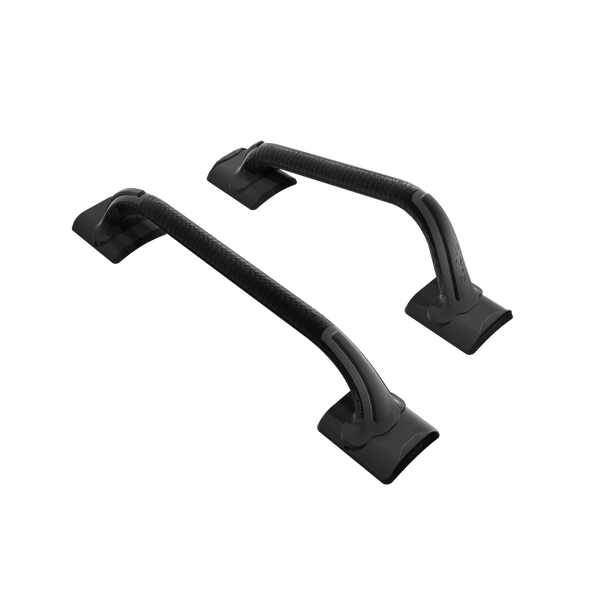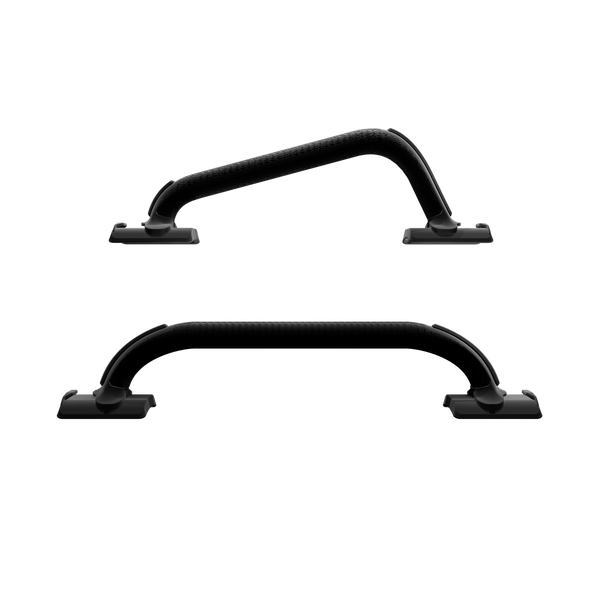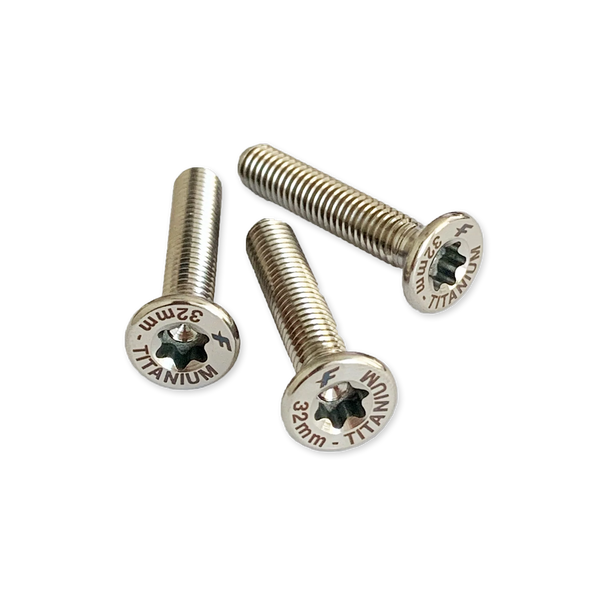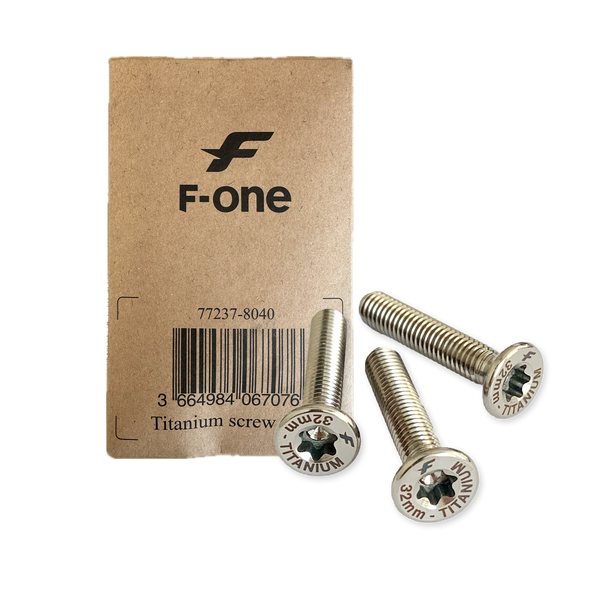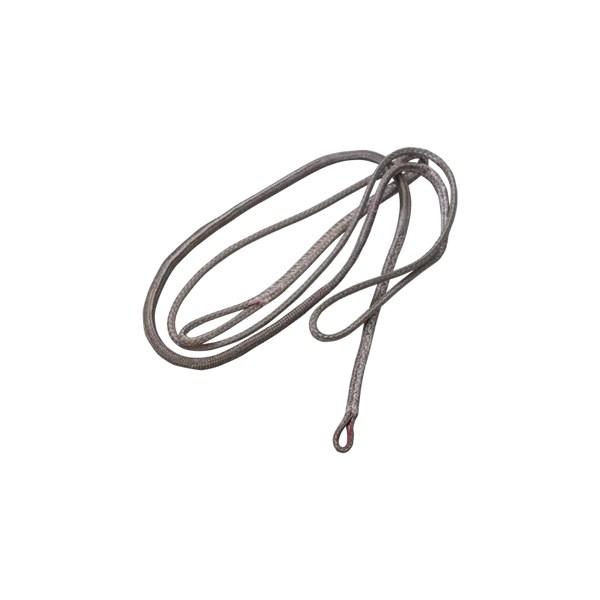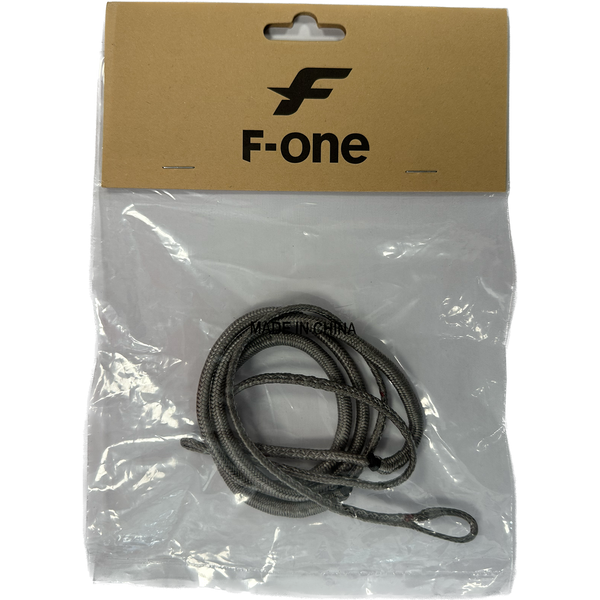ADDIKT TEC
Shipping
Ask about this product
Program
Big Air
Foil
Freeride
Wave
Technical Specifications
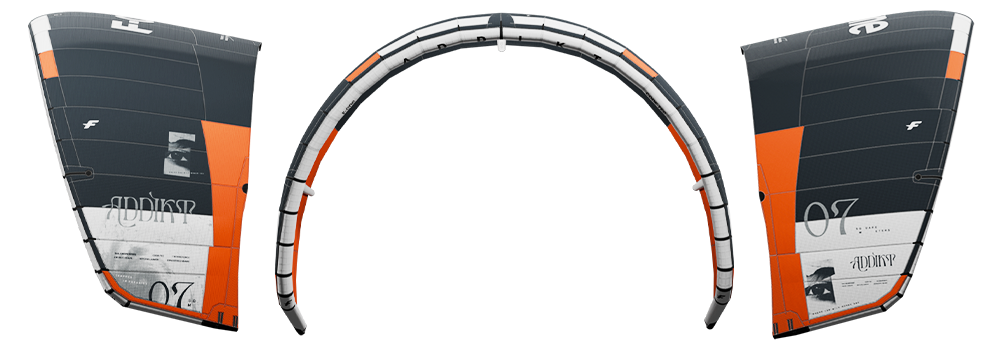
The ADDIKT stands out for its outstanding low-end efficiency, perfect traction, and enhanced maneuverability, as if you were riding a smaller kite. Its depower is also immediate and smooth, guaranteeing stability at all times and offering precise steering even when sheeted out. This kite handles all gusts and lulls perfectly and becomes inconspicuous in the surf and in all your movements.
With its unrivalled drift, the ADDIKT opens up a whole new range of possibilities: ride underpowered with support to minimize kite disturbance in the surf or opt for an overpowered ride in total control for strapless jumps.
Our CODE-TEC fabric offers an exceptional combination of lightness and strength. With less elongation and higher tear resistance, the CODE-TEC provides greater structural stiffness, minimizing deformation under load. This leads to a more precise and sharper feel, as well as a more reactive handling, all while ensuring your kite maintains its shape in any conditions.
Whatever your approach, the ADDIKT will follow your every move, allowing you to make the most of every wave in all conditions and with complete freedom.
CODE-TECH
Introducing Code-Tech, the ground breaking new material set to redefine performance on the latest F-ONE kites.
Featuring a double-beam matrix ripstop pattern, Code-Tec uses high-tenacity fibers and proprietary immersion coating chemistry to create a high-performance yet durable fabric that boasts low stretch, high tear strength, and UV resistance.
Providing an exceptional combination of lightness and strength, this cutting-edge material is used throughout the entire inflatable structure of the kite, significantly reducing its overall weight and allowing for smoother relaunching and faster turning.
Code-Tec enhances structural stiffness, minimizing deformation under load. This results in a more precise, crisper feel and more reactive handling in flight, especially during kiteloops, while ensuring your kite maintains its shape in all conditions.
SAIL ENGINEERING
Sail engineering is the science of controlling our design and it's behaviour while flying. These features have been created with one goal in mind: Mastering the kite's loads to maintain the desired shape for the longest time.
1 – WARP TENSION LINE
Woven fabrics feature a longitudinal 0° yarn (Warp) and a transversal 90° yarn (Weft). Therefore, a fabric has great elongation resistance and strength capacities if you apply tension at 0° or 90° along the yarns. But it will deform and stretch when tension is applied at, let’s say, 45°.
2 – LOAD CONTROL PANELING
When engineering the load control paneling, we make sure that fabrics panels are warp/weft oriented, meaning that the load path runs through the yarns. Fabric and seams are then in the best position to receive tensions and maintain the original kite shape.
3 – STAGGERED SEAMS
Most of the kite’s back lines tension is distributed through the trailing-edge panels and seams. As seams are significantly stiffer than the fabric they join, they tend to strain under loads and therefore deform the profile. The staggered seams break that line of tension by balancing the stiffness between seams and cloth, which helps distribute the load over a wider area and maintain the original shape even under high loads.
4 – FABRIC WEIGHT MANAGEMENT
Our sails feature four different cloth weights, from 52 up to 155gr/m². Sail engineering allows us to control our shape and drive load tensions without using heavy fabrics or bulky designs, therefore we can reduce fabric’s weight and use. It results in a lighter, optimized kite.
DELTA C-SHAPE
DELTA C-SHAPE technology design offers unmatched stability and steering response when fully de-powered, with the possibility of connecting the front lines higher on the leading edge of the kite.
DELTA C-SHAPE is a patented design used by F-ONE on all kites for the past 15 years.
This shape was the result of a design research towards maximum optimization of the aerodynamic performances of the kite and of its depower. It gives the possibility to fit more canopy area in the middle sections to create more projected area while the C Shape makes sure the kite remains responsive and fluid.
TECHNOFORCE
TEIJIN’s TECHNOFORCE™ is the most reliable high density polyester fabric. Its tear-stopping structure using thin and high tension yarn makes the fabric ultra-durable.
It has a great proven track record of lightness and durability.
AUTO RELAUNCH
F-ONE’s auto relaunch is quick and easy and releases the kite from the water with the perfect amount of traction.
Once the kite is sitting with the leading edge flat on the water, its C-Shape associated with the Delta Pivot allows the kite to automatically roll over onto one wing tip.
The kite will then glide towards the edge of the window, ready for quick and easy water relaunch.
REACTOR VALVE
The reactor inflation valve offers a high flow connection that twist locks the pump hose to the kite for an easy and super-fast inflation and deflation at the push of a button.
It provides a high air flow rate between the struts and leading edge.
STAGGERED SEAMS
This brand-new F-ONE's design innovation offers an amazingly sleeked profile for more efficiency and sharper performances.
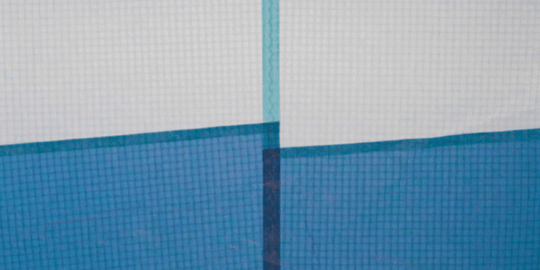
Original staggered seams have been implemented on critical parts of the kites. The seam’s tension line is broken offering a perfectly leveled canopy profile when the kite is fully powered.
The fabric is orientated towards tension. The perfectly even canopy profile brings a sensational stability without feeling disturbances in the bar.
BACK LINE TUNING
How to adjust the settings?
SHEETED IN The back line is released and the forces go through the front connector. The bar pressure increases and the maneuvrability is less direct. It offers a very progressive bar with a feeling of a sheeted out back connector while we sheet in, therefore the pressure increases progressively.
SHEETED OUT The kite tilts and the back line stiffens. The tensions move to the trailing edge which has several effects: - less flapping - better start - maneuvrability with less pressure.
HIGH TENSION TUNING When the kite is sheeted out with the upper knot tuning (1): -kite’s maneuvrability increases -bar pressure reduces
LOW TENSION TUNING When the kite is sheeted in with the lower knot tuning (2): - kite’s maneuvrability reduces - bar pressure increases
STREAMLINED LEADING EDGE END TIPS
The leading edge tips benefit from a reduced diameter, they are streamlined to lower the drag and equipped with a strap to avoid bridle tangling
VERTICAL STRUT CUT
The kite's struts are designed with a vertical cut in order to optimize the strength / diameter ratio.
ONE-PUMP SYSTEM
New one-pump system for faster inflation and easier deflation.
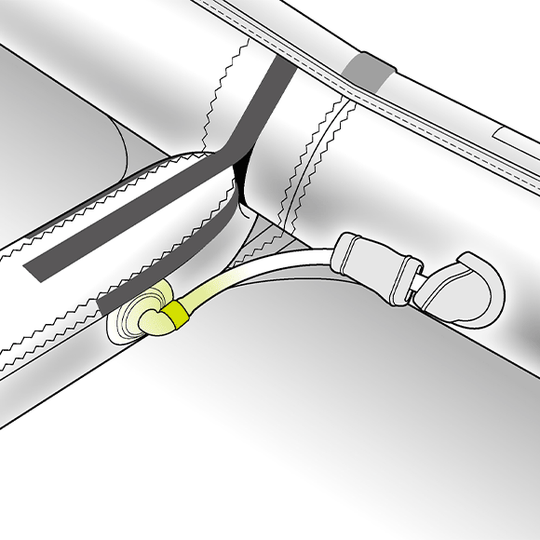
NEW BRIDLE
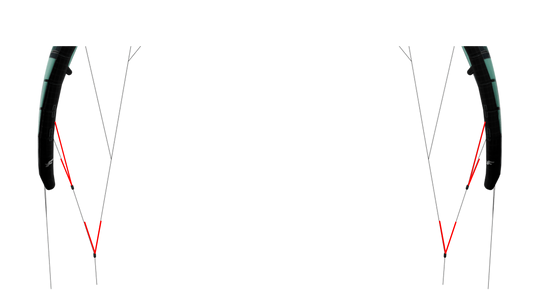
- Reduced elongation
- Reduced drag thanks to smaller diameter
- Improved kite performance and more direct feel
- Removable main V line and small V line for improved repairability
NEW FRICTION PULLEY
- Lighter, stress-resistant pulleys
- Reduced line abrasion
- Makes for easy repairs on the removable main V and small V lines
| SIZE (m2) | 3,5 | 4 | 5 | 6 | 7 | 8 | 9 | 10 | 11 | 12 |
| Weight in Kg (Kite only) |
1,65 | 1,70 | 1,89 | 2,04 | 2,23 | 2,40 | 2,60 | 2,82 | 3,00 | 3,20 |
| WIND RANGE (knts) | 40+ | 30+ | 25+ | 23+ | 20+ | 16 > 25 | 14 > 22 | 12 > 22 | 10 > 20 | 09 > 20 |
| Bar size (cm) | 45/38 | 45/38 | 45/38 | 45/38 | 45/38 | 45/38 | 45/38 | 45/38 | 52/45 | 52/46 |


